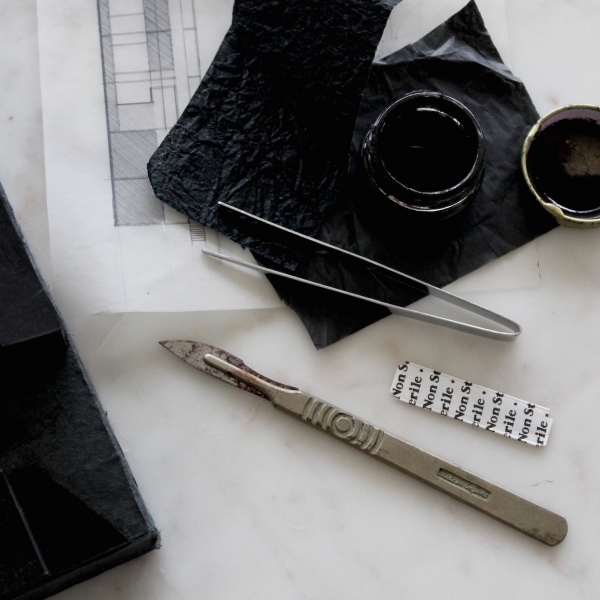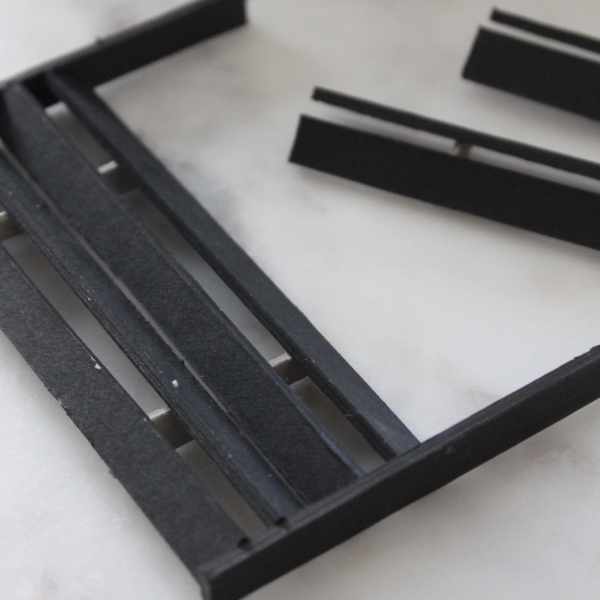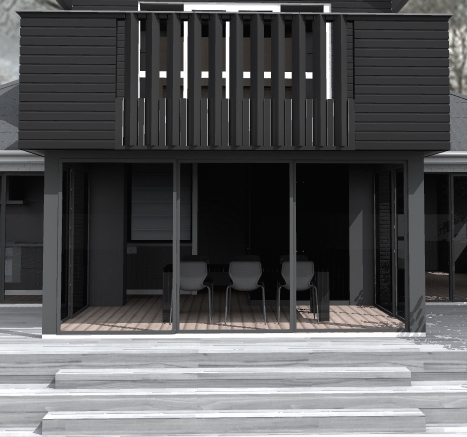Modelling
I hope you are having a great week! Our lovely new employee has been on a CAD course this week, so I thought I would share a little bit of information about some of the tools we use to develop your project.
CAD *computer aided design, is a great tool to communicate information and document buildings, and is constantly developing and improving. We use a 3D programme which enables the building to be visualised in 3D from concept design right through to construction, also a 3d model is able to be created for you to explore on your own device if you wish. While issuing paper drawings is still common practice for the council and our builders, in the future with this particular programme it is possible to use BIM (building information modelling) to create an interactive construction document that builders can use with a tablet on site - clicking on a detail reference on the plan immediately references them to the construction detail and updates are issued via the cloud.
Rendering is done once the basic CAD model is complete, this overlays light, textures, landscape, furniture and materials to the model and helps our clients understand the spaces and how it can fit with their lifestyle. We go into a fair bit of detail at early design stage as we find it is an important part of communicating how the concept can be infused into the materials and feel of the rooms. The rendering communicates light and shadow (for that specific site at any time of day) and means that you can see how the building works through the different seasons. Putting the building in context with its materials, landscaping and daylight shading is also invaluable for tricky resource consent applications.
In theory you would assume all this technology would lead to a paperless office - however we still sketch and model by hand to develop conceptual ideas as I find it is a fluid and intuitive way of designing that leads to creative solutions. Modelling with card and paper also means it enables those who are more tactile in their understanding of concepts to understand these ideas with a physical model in their hands (when making these models it is always good to use a sharp scalpel rather than the rusty one shown in the photo though!).
At the end of the day these are just tools. The ideas and experience of your Architect is what adds immense value to your project, however these methods ensure that the initial concept is infused into the project from the big picture right down to the finer details, and then is communicated on site to the builder clearly and efficiently.



